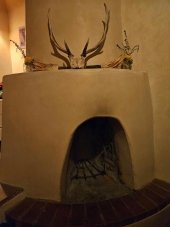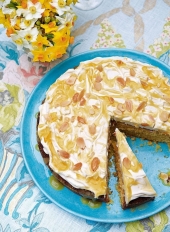


I find that this mantra helps me cope (and regain my sense of humor):Anyone have any additional suggestions or strategies for when the going gets tough?

Since fireplaces are such woefully inefficient ways to heat a space and I would really like to heat with our local wood, I have been looking but am unable to find any information about the possibility of converting them to a more efficient system. I'm wondering if I could build some kind of small masonry heater system into the firebox using firebrick, or built a small rocket mass heater into the firebox using cob and such, or else cob (maybe sand and then cob) around a wood stove inserted in (with the proper pipe inserted inside the chimney).



I'm dubious that cooking it with juniper ash produces the same niacin transformation, but I don't really have any way to judge.

